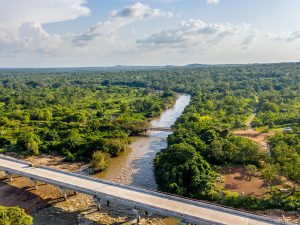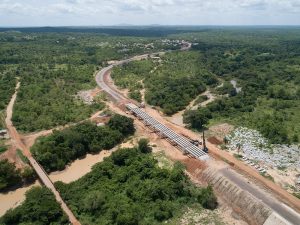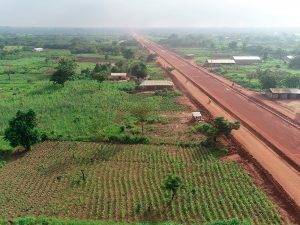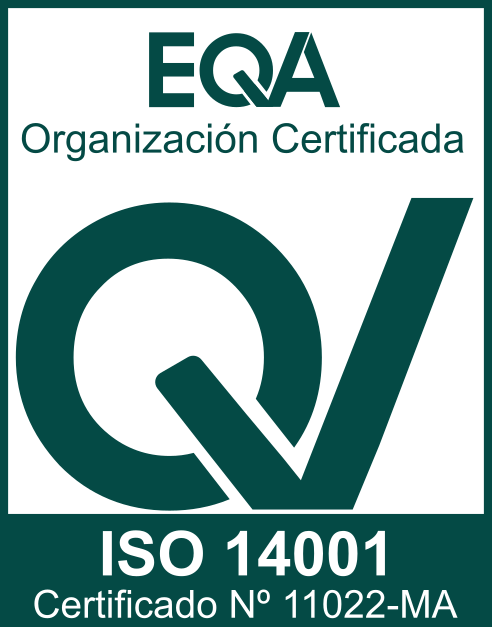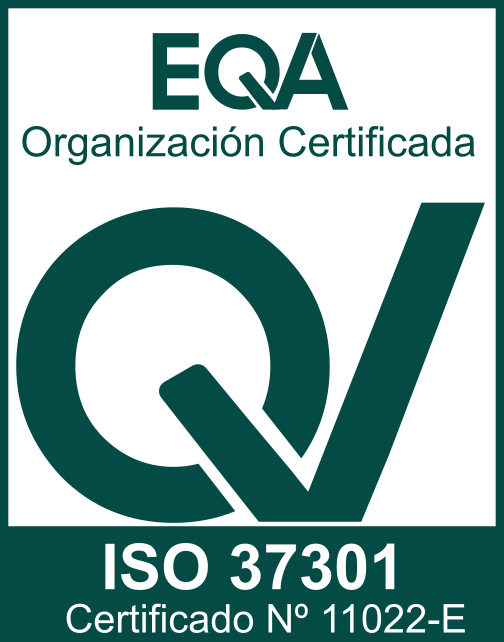KETOU-SAVE
BENIN
JUSTIFICAÇÃO DO PROJETO
O projeto Ketou-Save consiste na construção de uma estrada de 138 km entre as cidades de Ketou e Save, atravessando as regiões de “Collines” e “Plateau”. O projecto está dividido em três segmentos: um de 85,8 km, um de 26,6 km e outro de 27,5 km, mais uma ponte de 200 metros. A sua implementação destina-se a promover o intercâmbio de bens e produtos agrícolas de regiões remotas com os principais centros urbanos do Benim e da Nigéria.
O âmbito do trabalho realizado incluiu:
- Construção de uma estrada de pavimentação asfáltica de 138 km.
- Construção de uma ponte de 200 metros.
- Obras de terraplanagem, pavimentação, drenagem e sinalização.
O projecto será desenvolvido de acordo com as normas internacionais )IFC Performance Standards, Orientações do Banco Mundial em matéria de Ambiente, Saúde e Segurança, Abordagens Comuns da OCDE) e regulamentos nacionais.
Para mais informações sobre o Projecto,
entre em contacto através da nossa página Contacte-nos.

